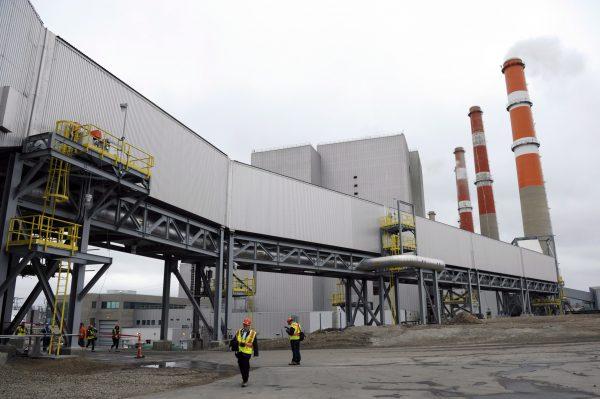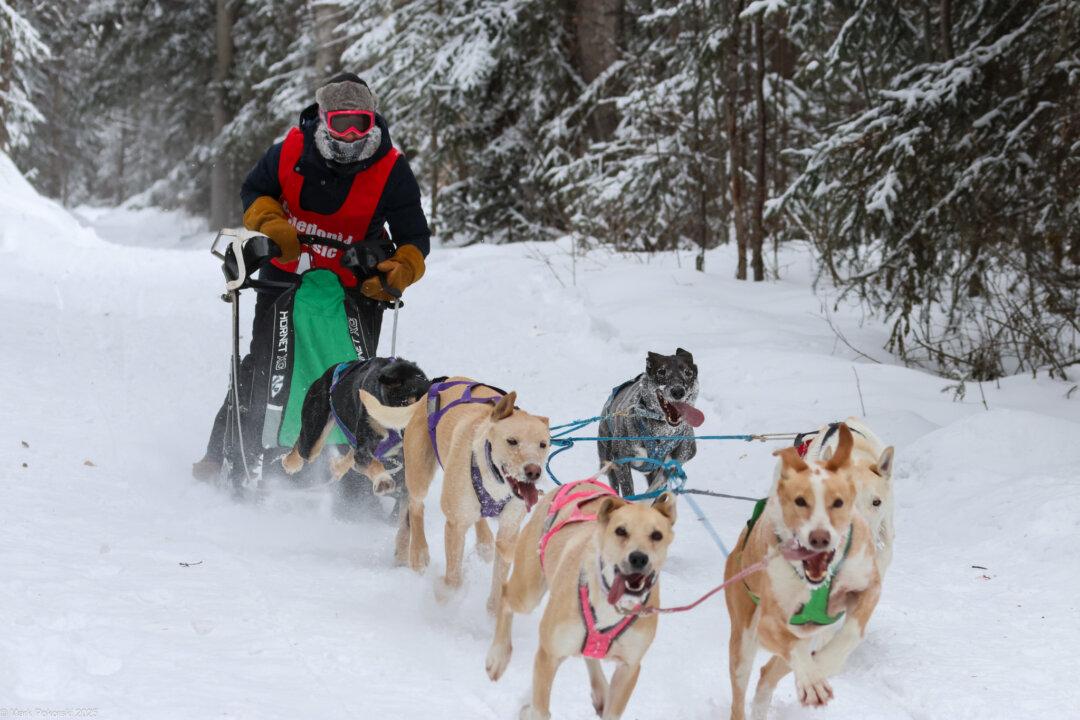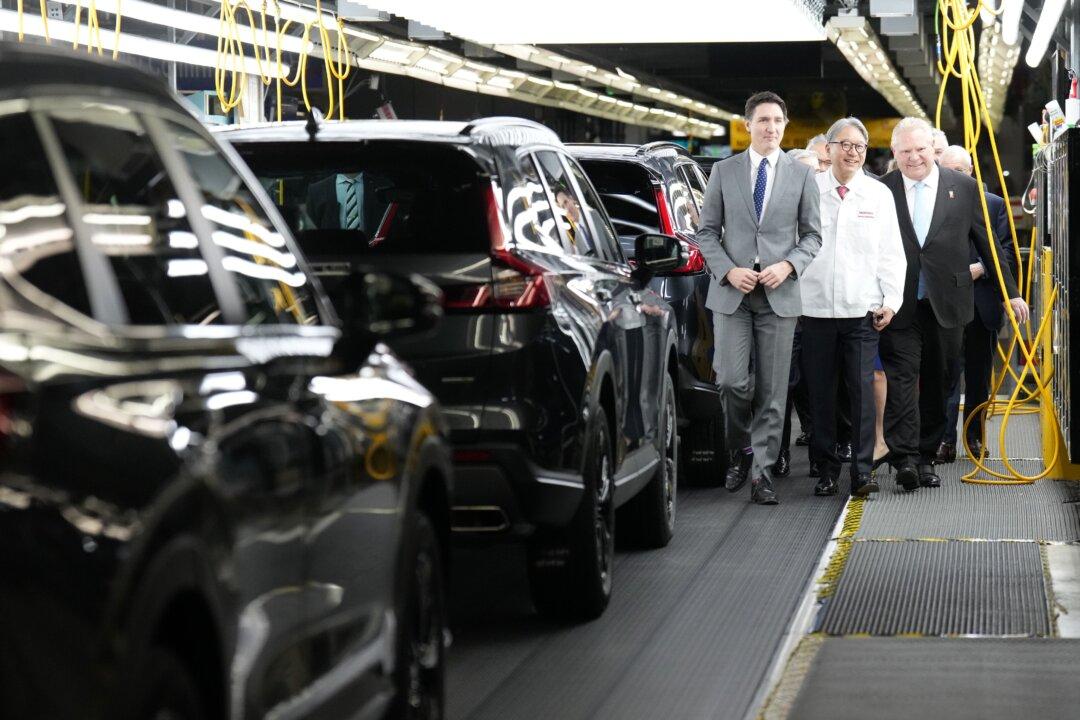Saskatchewan’s premier says his province cannot meet Ottawa’s goal of achieving net zero emissions in power production by 2035.
“We will not attempt the impossible when it comes to power production in our province,” said Moe. “We will not risk plunging our homes, our schools, our hospitals … into the cold and darkness because of the ideological whims of others.”
Instead, said Moe, the province has a goal of achieving net zero by 2050—15 years later than the federal goal. He said the province will maintain an energy mix that includes using natural gas plants until the end of their lifespan. He added that the province will continue working toward small modular nuclear reactors and will continue expanding intermittent power sources like wind and solar.
Ken Coates, a professor of regional innovation at the University of Saskatchewan, said the fact that Ottawa and the province are at odds over the 2035 target is not surprising.
“The Government of Canada has missed all of its target climate change goals, quite systematically,” Coates told The Epoch Times. “And for good reason, they’re almost impossible. We haven’t really got a strategy to effectively reduce carbon emissions in a way that would actually be consistent with a modern 21st-century economy.”
The CEO of SaskPower, the province’s Crown utility, told the news conference that even with a reactor by 2035, the federal goal is out of reach.
“Even if we introduce our first SMR, small modular reactor, by 2035, achieving net zero electricity system by 2035 in Saskatchewan is not possible,” said Rupen Pandya.
“We had a period in December where there was no wind between Alberta and Saskatchewan, so across both Prairie Provinces, for seven days in a row. So as a result, natural gas generation is necessary to ensure reliability,” he said.
Pandya said federal officials have told SaskPower they could buy more hydropower from Manitoba to help meet the 2035 target, but he said that is not realistic, either.
“Manitoba does not have surplus power to meet Saskatchewan’s needs,” he said.

Moe added that the financial burden of trying to reach the federal target would be crushing.
“This [federal] target does not contemplate the extraordinary costs,” said the premier. “It provides us with an unreliable power supply alongside skyrocketing rates.” Moe said power bills would have to more than double by 2035.
In addition, the premier said, the province is expecting even more stringent conditions in federal regulations to be announced later this year.
“We’re expecting new regulations in that clean electricity standard that are so severe that Saskatchewan Power would not be able to operate any coal or natural gas power plant, even with the CCS [carbon capture and storage] technology that we currently have employed today,” he said.
“We will not increase power costs for our businesses and our families to the point where they become completely unaffordable. If we were to do that, we wouldn’t grow anything in Saskatchewan. We wouldn’t move anything. We wouldn’t go anywhere. And we'd get awful cold in a hurry,” said Moe.
Coates said it’s another round in the “wrestling match” over energy issues in Canada.
“We’re alienating people left, right, and center, and you’re passing all the costs on to people that can’t afford them. And so if you have a … strategy like that, at some point, it crashes down.”
Moe also appealed for federal help to assist in the province’s first small modular reactor, along with more renewables.
“The federal government would contribute then about $6 billion. The Saskatchewan people would be responsible for the remaining $28 billion. With that federal contribution, the Saskatchewan plan can hold the annual rate increases to about 3 percent,” he said.
Pandya added that beyond a massive rebuild of the province’s generating capacity, the federal plan would also mean “a significant build-out of new transmission lines, as well as modernizing our electricity grid,” he said.
The Epoch Times contacted the office of Natural Resources Minister Jonathan Wilkinson for a response to Moe’s concerns, but did not hear back by deadline.





